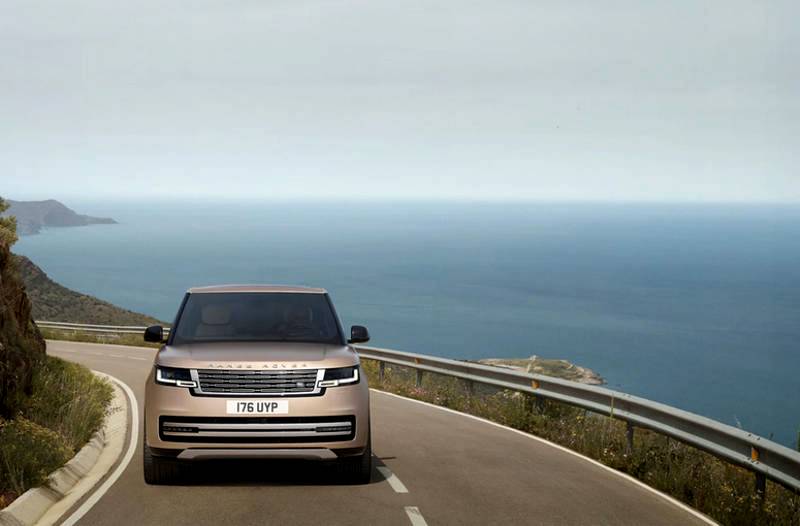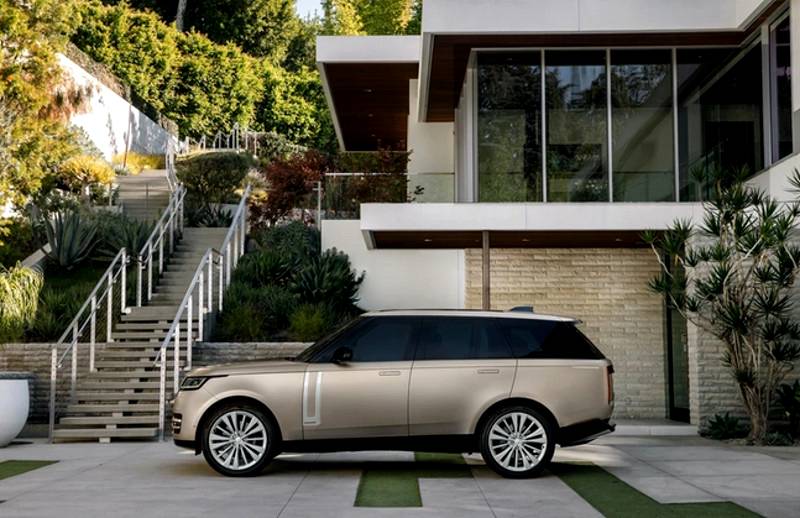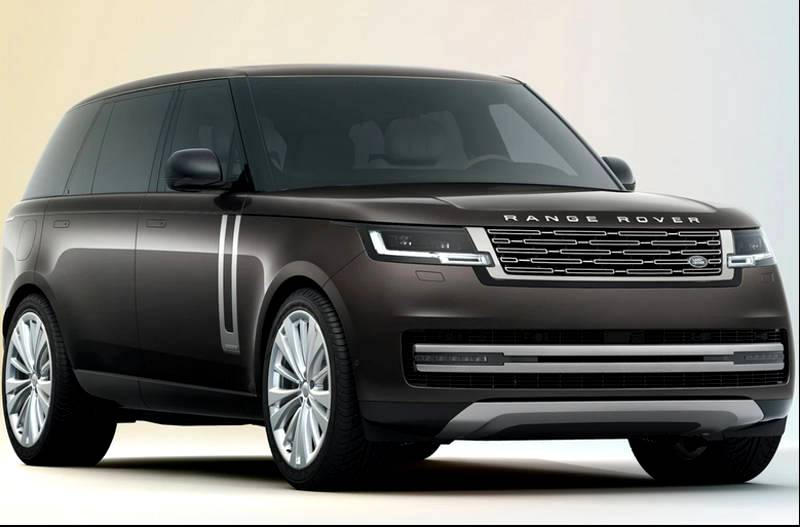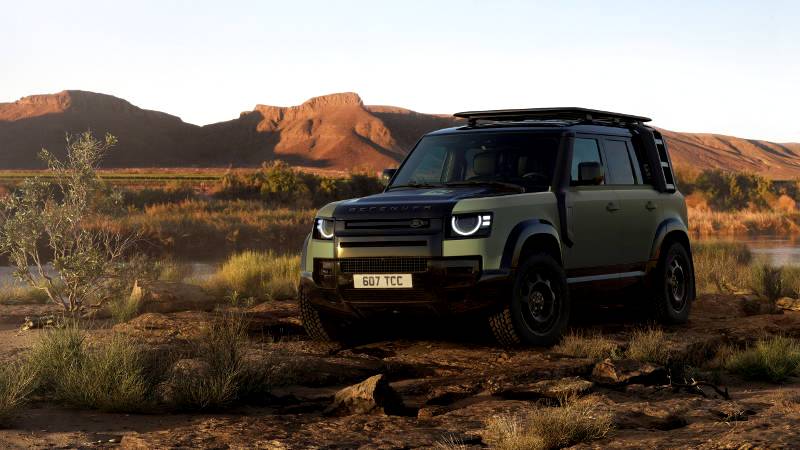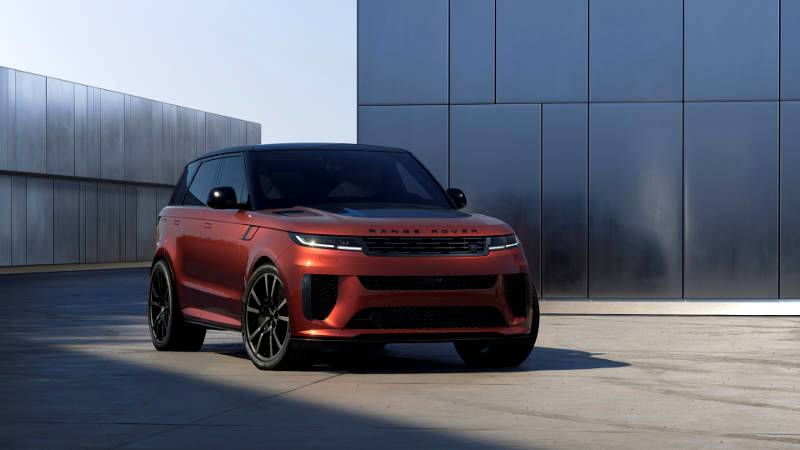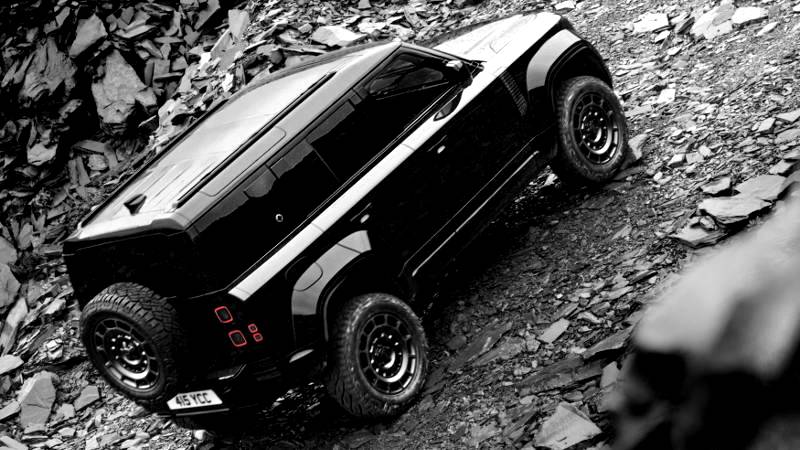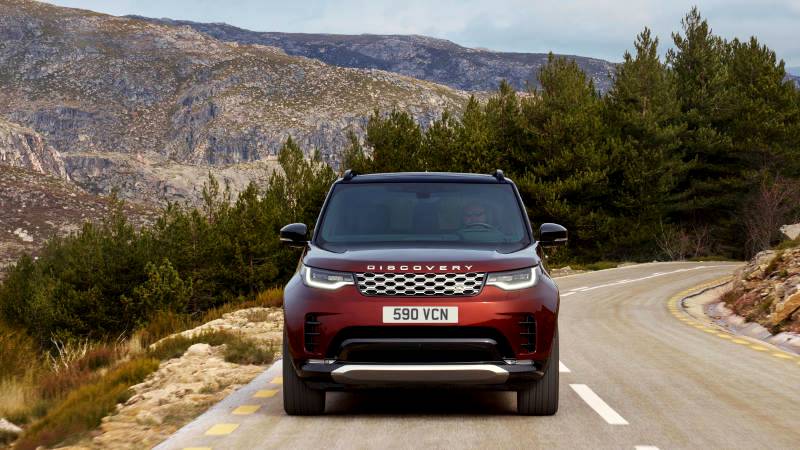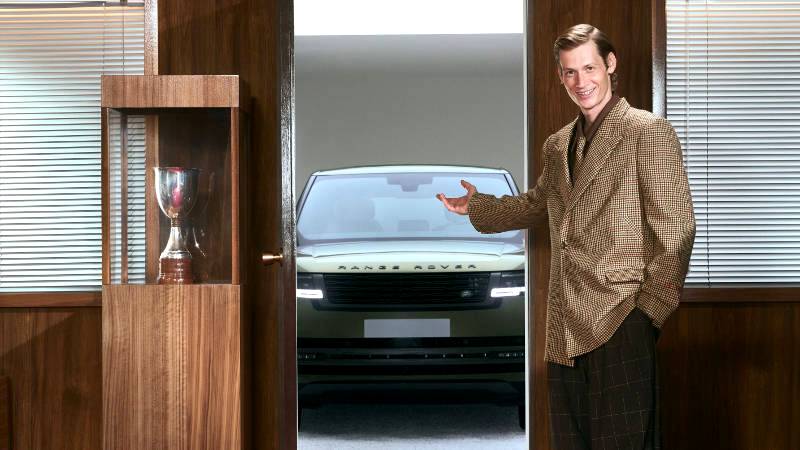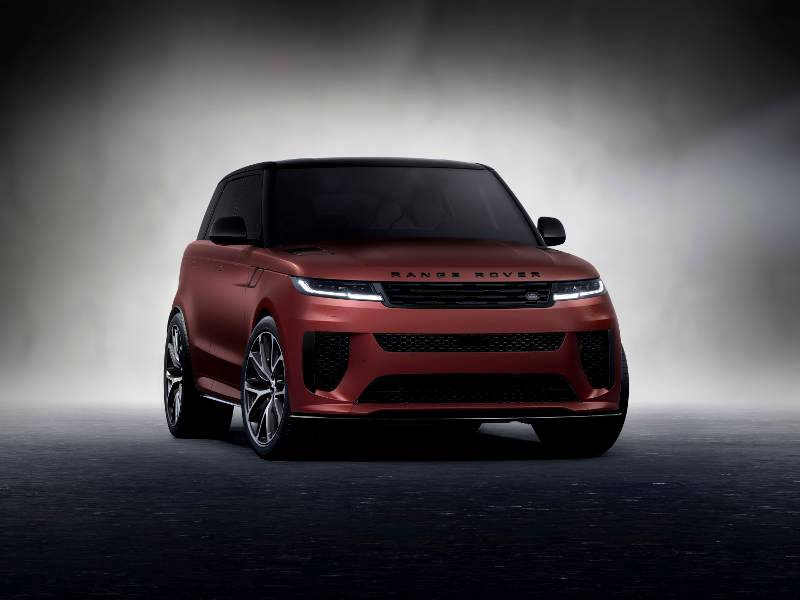Range Rover (2022) Launch Review
2022-10-03
Source: cars.co.zaThe new Range Rover is slightly longer and taller, but a touch narrower, than the outgoing model.
Now that it’s here, what does the British model offer over and above its German rivals and how does it fit into a new world that’s increasingly concerned with zero-emissions motoring? We drove the R3-million first-class SUV around the Western Cape during its local launch.
What’s new on the Range Rover?
The new Range Rover may look a lot like its predecessor, but it’s an all-new SUV and whereas the previous model’s major update was the lightweight aluminium architecture that saved 450 kg, this model is all about modern tech and comfort, plus the range includes an excellent hybrid derivative. That’s not to say this Range Rover has been at the Cornish Pasties, it’s only a few kg heavier than the outgoing car despite being longer and taller (marginally).
There’s a new inline-6 turbodiesel engine borrowed from the Discovery and Defender. Meanwhile, a big turbopetrol 4.4-litre V8 does the heavy lifting on the unleaded front and it’s partnered by a straight-6 hybrid version with a claimed pure-electric range of 113 km. A fully electric derivative is scheduled to arrive in 2024 (for those looking to avoid filling up altogether), so even if the Range Rover appeals to the same crowd it always has, it’s more efficiency-oriented than before.
Four-wheel steering has also been deployed in the new model, which allows the 5-metre SUV to turn much tighter at slow speeds, such as when it’s being manoeuvred in parking lots or made to perform U-turns.
The new Range Rover may look a lot like its predecessor, but it’s an all-new SUV and whereas the previous model’s major update was the lightweight aluminium architecture that saved 450 kg, this model is all about modern tech and comfort, plus the range includes an excellent hybrid derivative. That’s not to say this Range Rover has been at the Cornish Pasties, it’s only a few kg heavier than the outgoing car despite being longer and taller (marginally).
There’s a new inline-6 turbodiesel engine borrowed from the Discovery and Defender. Meanwhile, a big turbopetrol 4.4-litre V8 does the heavy lifting on the unleaded front and it’s partnered by a straight-6 hybrid version with a claimed pure-electric range of 113 km. A fully electric derivative is scheduled to arrive in 2024 (for those looking to avoid filling up altogether), so even if the Range Rover appeals to the same crowd it always has, it’s more efficiency-oriented than before.
Four-wheel steering has also been deployed in the new model, which allows the 5-metre SUV to turn much tighter at slow speeds, such as when it’s being manoeuvred in parking lots or made to perform U-turns.
Subtle but luxurious, note the return of a ‘”traditional'”gear lever.
There’s quite nothing quite like walking up to a Range Rover for the first time. The new model has an immense visual presence from the outside with clean flat lines. The door handles lay flush with the sheet metal until you press the unlock button on the key fob, at which point they elegantly pop out along with the running boards that are stored under the car. At first glance, those “side steps” seem hazardous to your shins, but they fold out just far enough – a smart bit of design.
Climb on in and you’ll find automotive luxury in its finest form… The soft quilted leather seats are so comfortable, they cosset you like a big hug from your mum. The two digital screens are now much more prominent; the centre infotainment screen and digital instrument cluster feature high-definition glass displays that produce vivid colours along with easy-to-read icons. Somewhat surprisingly, the rotary gear knob has been replaced with a more traditional transmission lever.
The entire centre console has, in fact, been reimagined with much more intuitive ergonomics and no shortage of storage spaces. There’s a 4-bottle fridge in the centre console and a two-tier storage compartment below the cupholders for stashing things like phones or keys (there are USB ports in there for charging devices too). Wireless Apple Carplay and Android Auto integrate seamlessly with the car, although you may want to spend some time digging through the plethora of options in the infotainment system – vehicle settings, cameras, seat massaging, towbar deployment and just about everything you can do with the car can be accessed through the screen.
The long-wheelbase 5-seater version provides an abundance of space and tech to get you through a long drive in comfort.
While the overall interior ambience is second to none in a Range Rover and that sense of “effortless reality” comes across perfectly, some of the material choices seem to be a bit below par for a vehicle that has a starting price of around R3 million. Fancy-looking plastic has substituted real metal finishes in the centre console and while it looks nice, I don’t think it has that same sensory appeal as real aluminium, for example, and the same goes for the touch points on the steering wheel. I might be being a little picky here, but surely the “ultimate luxury SUV” (well, this side of a Rolls-Royce Cullinan) shouldn’t have anything less than the best?
Driving the Range Rover
Air suspension allows the Range Rover to get just about anywhere you want, along with Terrain Response off-road modes.
Straight-six turbodiesel and V8 turbopetrol derivatives were made available to us to drive; the petrol-electric hybrid version will only be arriving later this year. We completed the first 300 km of driving in the V8, which positively wafts down the road; the twin-turbo 4.4-litre motor has no problem propelling the 2.6-tonne road-ship swiftly. There’s 390 kW and 750 Nm of torque available, but the mind-bending number is the claimed 0-100 kph time of 4.6 seconds. That’s Volkswagen Golf R pace (at least from a standstill to 100 kph), but imagine doing that in your stately British living room.
It’s all the power you will ever need… In fact, the V8 sometimes feels a little too eager to accelerate, at which point a fair amount of force to the brake pedal is required to slow the Rangie down to a calmer velocity. For those worried about fuel consumption (which is rather unlikely if you’re looking to spend 3 bar on a car) we managed just over 14 L/100 km over 300 km in the V8. Compare that to the turbodiesel, which returned 11.2 L/100 km on the return journey.
You won’t miss much in terms of performance if you opt for the turbodiesel. The inline-6, which we first sampled in the new Defender, has plenty of shove and is well suited to this stately cross-continental cruiser. With 257 kW/750 Nm, the wave of torque facilitates short, sharp bursts of acceleration. The most noticeable difference between the engines is that, when overtaking at speed, the petrol’s acceleration feels more sustainable than what the diesel can muster.
Ride and handling
Insanely large (23-inch) wheels try their best to hamper the ride, but certainly look the part on the new model.
The word wafting is synonymous with Range Rover dynamics and that’s still the case with this new-generation model. Air suspension has always been the key to what makes a Range Rover’s ride so plush and even when fitted with the ridiculously large (23-inch) wheels shod with low-profile tyres, the first-class SUV’s ride is beautifully composed and quiet. You do, however, get the impression that the computers that govern the workings of the air-suspension setup are working overtime to maintain that perfect ride, while a set of 19-inch wheels and plumper rubber would probably be a more practical option. Having said that, 19s may possibly be considered “poverty spec” by other Range Rover owners…
I don’t think I have ever been as impressed by an SUV’s ride quality (while driving it on a dirt road) as I was in the Range Rover. What’s more, its cabin is brilliantly insulated from exterior noise… even when stones were being flicked up into the wheel wells, there was nothing more than a light tinkling of sound to be heard. On the tarmac, you do discern a little bit of road noise and wind buzzing at around the 120 kph mark.
The addition of 4-wheel steering is certainly beneficial when navigating the confines of narrow roads or parking lots; it makes getting in and out of regular parking bays much simpler/less stressful. It also means you can perform a U-turn within the confines of most single-lane roads without having to 3-point turn your way out.
What’s new on the Range Rover?
The new Range Rover may look a lot like its predecessor, but it’s an all-new SUV and whereas the previous model’s major update was the lightweight aluminium architecture that saved 450 kg, this model is all about modern tech and comfort, plus the range includes an excellent hybrid derivative. That’s not to say this Range Rover has been at the Cornish Pasties, it’s only a few kg heavier than the outgoing car despite being longer and taller (marginally).
There’s a new inline-6 turbodiesel engine borrowed from the Discovery and Defender. Meanwhile, a big turbopetrol 4.4-litre V8 does the heavy lifting on the unleaded front and it’s partnered by a straight-6 hybrid version with a claimed pure-electric range of 113 km. A fully electric derivative is scheduled to arrive in 2024 (for those looking to avoid filling up altogether), so even if the Range Rover appeals to the same crowd it always has, it’s more efficiency-oriented than before.
Four-wheel steering has also been deployed in the new model, which allows the 5-metre SUV to turn much tighter at slow speeds, such as when it’s being manoeuvred in parking lots or made to perform U-turns.
The new Range Rover may look a lot like its predecessor, but it’s an all-new SUV and whereas the previous model’s major update was the lightweight aluminium architecture that saved 450 kg, this model is all about modern tech and comfort, plus the range includes an excellent hybrid derivative. That’s not to say this Range Rover has been at the Cornish Pasties, it’s only a few kg heavier than the outgoing car despite being longer and taller (marginally).
There’s a new inline-6 turbodiesel engine borrowed from the Discovery and Defender. Meanwhile, a big turbopetrol 4.4-litre V8 does the heavy lifting on the unleaded front and it’s partnered by a straight-6 hybrid version with a claimed pure-electric range of 113 km. A fully electric derivative is scheduled to arrive in 2024 (for those looking to avoid filling up altogether), so even if the Range Rover appeals to the same crowd it always has, it’s more efficiency-oriented than before.
Four-wheel steering has also been deployed in the new model, which allows the 5-metre SUV to turn much tighter at slow speeds, such as when it’s being manoeuvred in parking lots or made to perform U-turns.
Subtle but luxurious, note the return of a ‘”traditional'”gear lever.
There’s quite nothing quite like walking up to a Range Rover for the first time. The new model has an immense visual presence from the outside with clean flat lines. The door handles lay flush with the sheet metal until you press the unlock button on the key fob, at which point they elegantly pop out along with the running boards that are stored under the car. At first glance, those “side steps” seem hazardous to your shins, but they fold out just far enough – a smart bit of design.
Climb on in and you’ll find automotive luxury in its finest form… The soft quilted leather seats are so comfortable, they cosset you like a big hug from your mum. The two digital screens are now much more prominent; the centre infotainment screen and digital instrument cluster feature high-definition glass displays that produce vivid colours along with easy-to-read icons. Somewhat surprisingly, the rotary gear knob has been replaced with a more traditional transmission lever.
The entire centre console has, in fact, been reimagined with much more intuitive ergonomics and no shortage of storage spaces. There’s a 4-bottle fridge in the centre console and a two-tier storage compartment below the cupholders for stashing things like phones or keys (there are USB ports in there for charging devices too). Wireless Apple Carplay and Android Auto integrate seamlessly with the car, although you may want to spend some time digging through the plethora of options in the infotainment system – vehicle settings, cameras, seat massaging, towbar deployment and just about everything you can do with the car can be accessed through the screen.
The long-wheelbase 5-seater version provides an abundance of space and tech to get you through a long drive in comfort.
While the overall interior ambience is second to none in a Range Rover and that sense of “effortless reality” comes across perfectly, some of the material choices seem to be a bit below par for a vehicle that has a starting price of around R3 million. Fancy-looking plastic has substituted real metal finishes in the centre console and while it looks nice, I don’t think it has that same sensory appeal as real aluminium, for example, and the same goes for the touch points on the steering wheel. I might be being a little picky here, but surely the “ultimate luxury SUV” (well, this side of a Rolls-Royce Cullinan) shouldn’t have anything less than the best?
Driving the Range Rover
Air suspension allows the Range Rover to get just about anywhere you want, along with Terrain Response off-road modes.
Straight-six turbodiesel and V8 turbopetrol derivatives were made available to us to drive; the petrol-electric hybrid version will only be arriving later this year. We completed the first 300 km of driving in the V8, which positively wafts down the road; the twin-turbo 4.4-litre motor has no problem propelling the 2.6-tonne road-ship swiftly. There’s 390 kW and 750 Nm of torque available, but the mind-bending number is the claimed 0-100 kph time of 4.6 seconds. That’s Volkswagen Golf R pace (at least from a standstill to 100 kph), but imagine doing that in your stately British living room.
It’s all the power you will ever need… In fact, the V8 sometimes feels a little too eager to accelerate, at which point a fair amount of force to the brake pedal is required to slow the Rangie down to a calmer velocity. For those worried about fuel consumption (which is rather unlikely if you’re looking to spend 3 bar on a car) we managed just over 14 L/100 km over 300 km in the V8. Compare that to the turbodiesel, which returned 11.2 L/100 km on the return journey.
You won’t miss much in terms of performance if you opt for the turbodiesel. The inline-6, which we first sampled in the new Defender, has plenty of shove and is well suited to this stately cross-continental cruiser. With 257 kW/750 Nm, the wave of torque facilitates short, sharp bursts of acceleration. The most noticeable difference between the engines is that, when overtaking at speed, the petrol’s acceleration feels more sustainable than what the diesel can muster.
Ride and handling
Insanely large (23-inch) wheels try their best to hamper the ride, but certainly look the part on the new model.
The word wafting is synonymous with Range Rover dynamics and that’s still the case with this new-generation model. Air suspension has always been the key to what makes a Range Rover’s ride so plush and even when fitted with the ridiculously large (23-inch) wheels shod with low-profile tyres, the first-class SUV’s ride is beautifully composed and quiet. You do, however, get the impression that the computers that govern the workings of the air-suspension setup are working overtime to maintain that perfect ride, while a set of 19-inch wheels and plumper rubber would probably be a more practical option. Having said that, 19s may possibly be considered “poverty spec” by other Range Rover owners…
I don’t think I have ever been as impressed by an SUV’s ride quality (while driving it on a dirt road) as I was in the Range Rover. What’s more, its cabin is brilliantly insulated from exterior noise… even when stones were being flicked up into the wheel wells, there was nothing more than a light tinkling of sound to be heard. On the tarmac, you do discern a little bit of road noise and wind buzzing at around the 120 kph mark.
The addition of 4-wheel steering is certainly beneficial when navigating the confines of narrow roads or parking lots; it makes getting in and out of regular parking bays much simpler/less stressful. It also means you can perform a U-turn within the confines of most single-lane roads without having to 3-point turn your way out.
Similar News
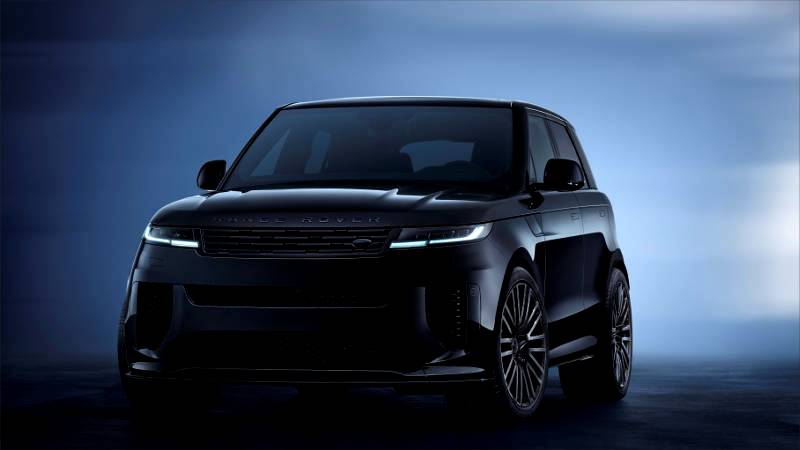
Dipped in black: New Range Rover Sport SV Black Edition gets monochrome treatment for ultimate sporting luxury
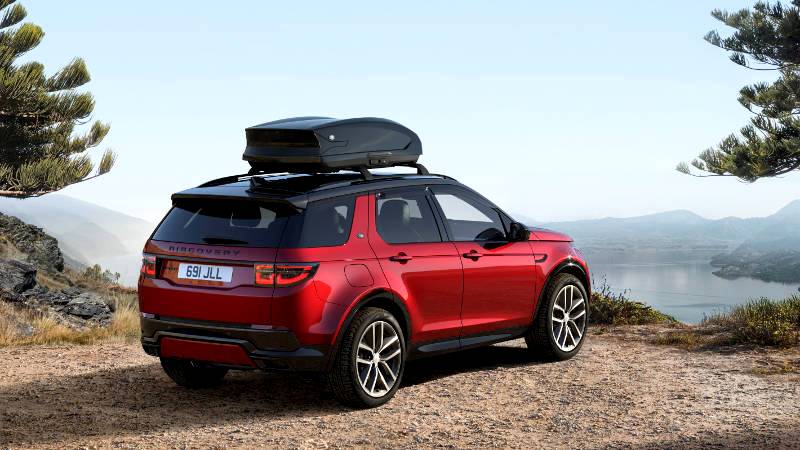
Discovery Sport gets more dynamic, luxurious and individual with new Metropolitan and Landmark editions
